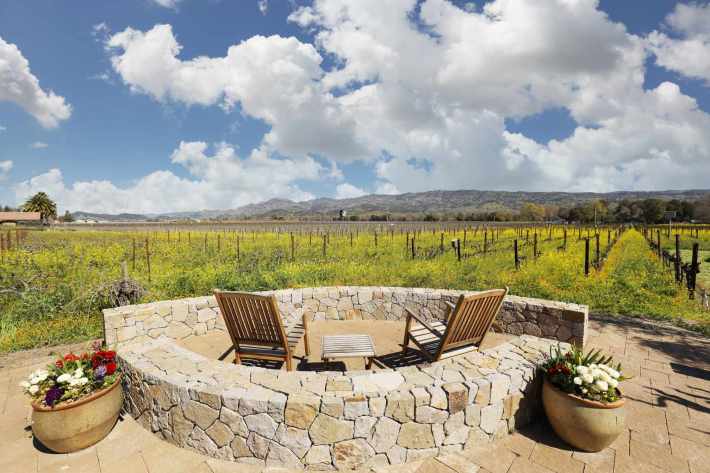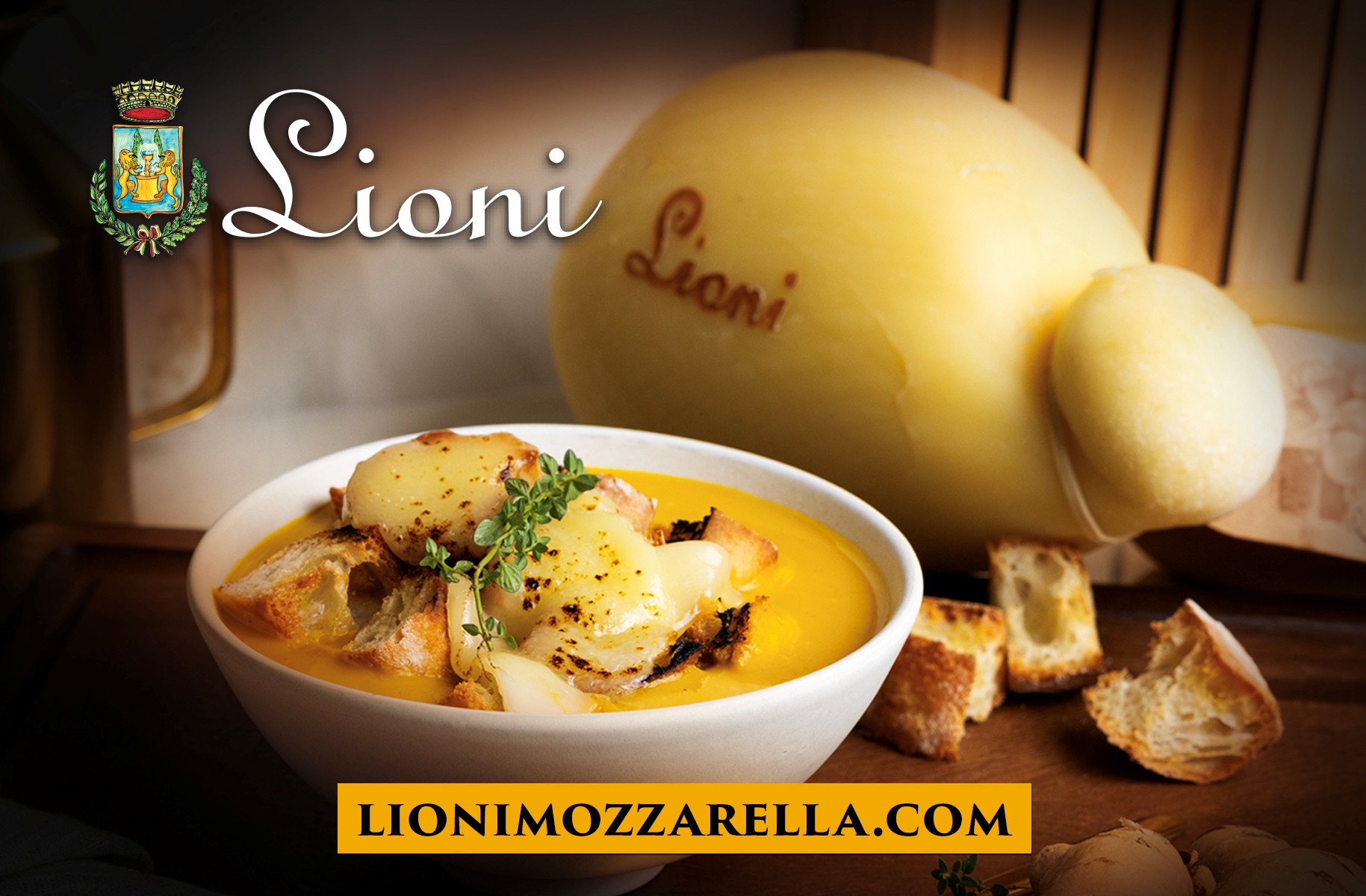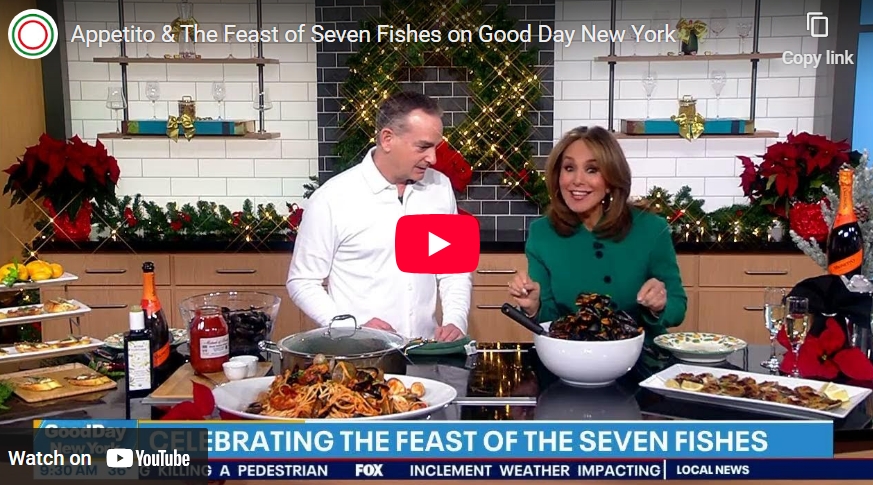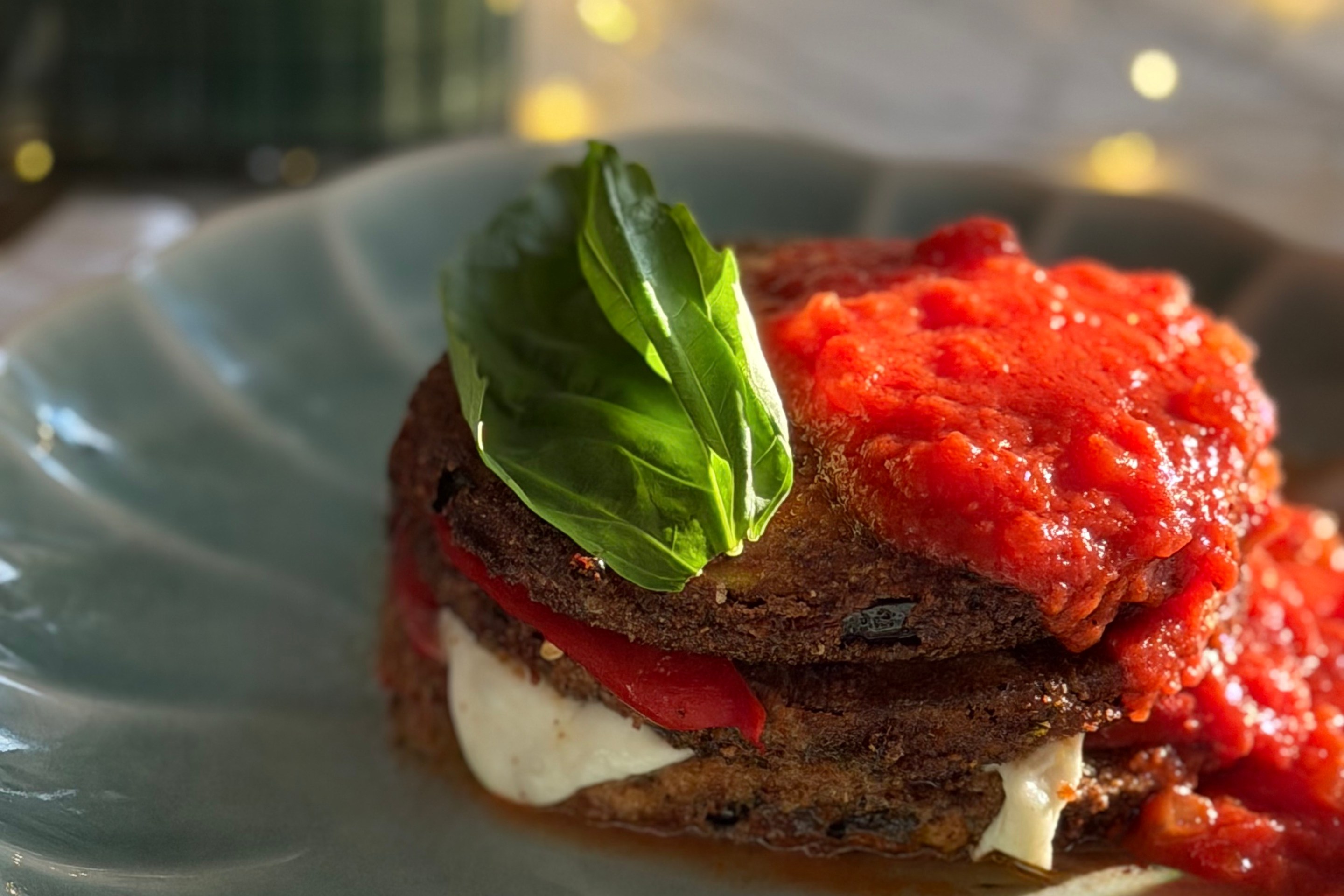Today, Napa Valley is known for French varietal wines and blends, and high-profile wineries owned by wealthy landowners. Which makes Robert Biale’s story all the more remarkable. His Robert Biale Vineyards excels not at Cabernet Sauvignon but at un-trendy Zinfandel, and his Italian immigrant grandfather and first-generation Italian-American father were far more working class than ruling class.
While Biale’s path to becoming one of Napa’s most respected winery owners may seem unusual by today’s standards, his family history set him up for success in a way that probably not even he imagined. In 1991, when Biale approached his father, Aldo, about turning the family vineyard into a full-fledged wine operation, “He was so in favor,” Biale says. “He was so happy that one of his children embraced the idea.”
To be clear, Aldo Biale wasn’t a traditional commercial winemaker, nor was his father, Pietro, an immigrant from a village near Genoa who came to California in the 1920s and settled in San Francisco (though both were part-time farmers who grew and sold grapes). In the Bay Area, Pietro met another immigrant, Christina, from a small town in Liguria; they married and moved to Napa, where Pietro worked the vines for a winery on Mt. Veeder. In 1935, the young couple purchased land, where they began growing Zinfandel and making wine to share with friends.
It's an Italian story, but it's an immigrant story. You do what you have to do to survive.
Robert Biale says his grandparents were typical of immigrants in the region, who “believe in land. They came from land, and usually came from working backgrounds. And so they weren’t afraid to dive into the soil of life.”
He adds, “They like to work hard and invest in something they know is not going to go away.”
Biale explains that his grandfather took advantage of deflated land prices coming out of the Great Depression—an astute decision that resonates to this day. Pietro and Christina planted Zinfandel vines in what is now known as the Oak Knoll District AVA, though the wines weren’t sold commercially. “Being Italian, I guess they needed some homemade wine,” Robert Biale says with a laugh. “It’s in the blood. No matter what, they love to have wine available, you know?”
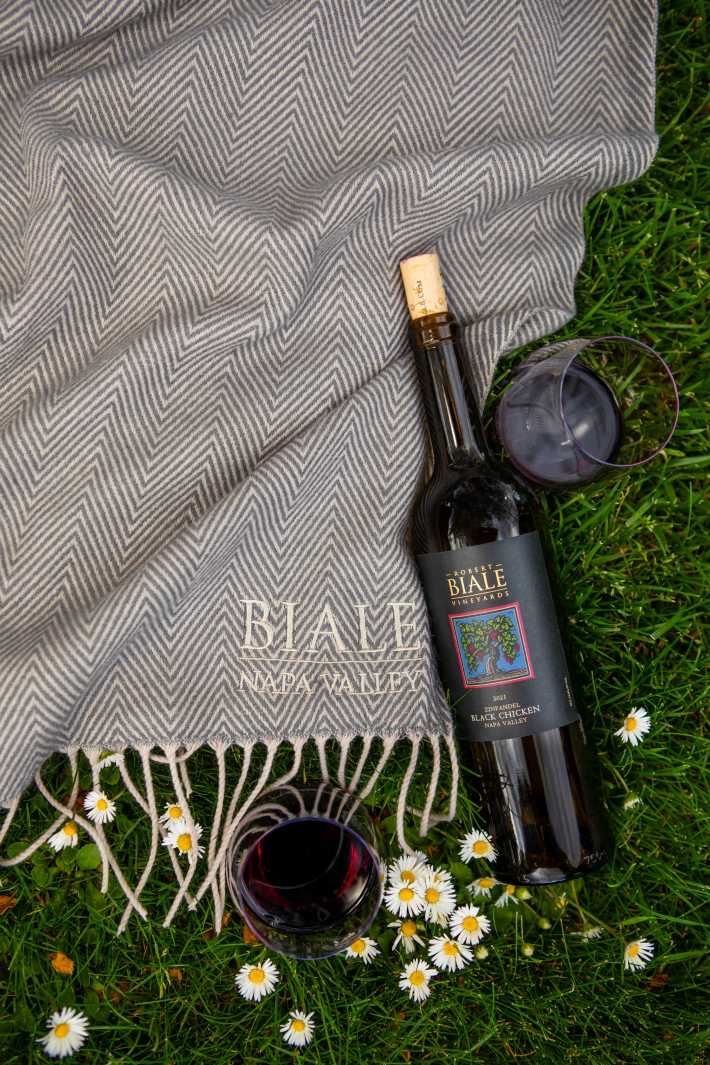
The couple had one child, Aldo, who was only 13 when tragedy struck. Pietro worked in a quarry; one day, an explosion killed him. Aldo and his mother sold prunes, eggs, chickens, grapes—anything to get by. Then, Aldo began making Zinfandel, selling it in jugs to buyers of their other products, illegally, under the code name “gallino nero,” or black chicken, over a party line (a shared phone which could have multiple listeners at once, hence the secretive order).
“It's an Italian story, but it's an immigrant story. You do what you have to do to survive. He didn't worry about the license or permit” to sell wine, Robert says.
During a trip to Italy, Aldo met Clementina at a party thrown for the American visitors, and quickly asked for her hand in marriage. They returned to Napa, where Aldo worked for the city’s Public Works Department (for 31 years, in fact) when he wasn’t working on the ranch with Clementina.
As a young man, one of their four children, Robert, went off on international travels and to pursue his studies. He eventually returned to Napa and worked for Beringer Vineyards for a decade before teaming with two friends—winemaker Al Perry and marketing expert Dave Pramuk, neither of whom is still involved in the company—to propose starting a winery and having that monumental chat with his dad, Aldo. Fast-forward 30 years and Robert Biale Vineyards is a keeper of the Zinfandel flame, producing 17 different versions, including some from Aldo’s Vineyard, named in honor of Robert’s dad, who passed away in 2009 (Clementina passed in 2017; both she and Aldo are credited as founders on the company’s website). Two of their most famed bottlings are the Black Chicken and Party Line Zins.
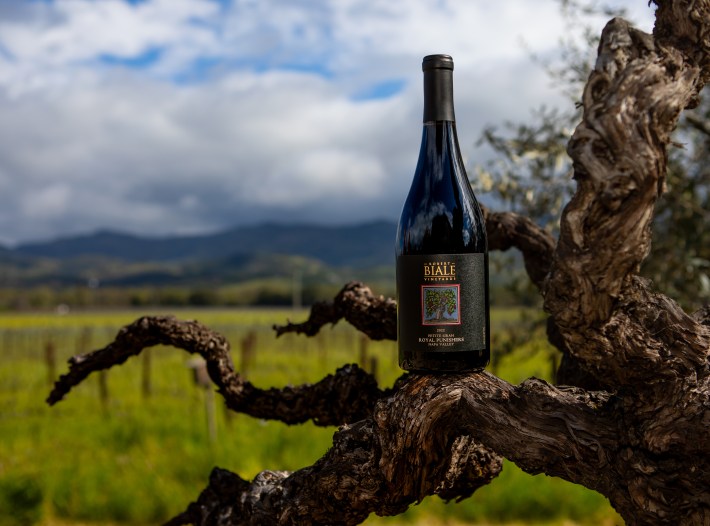
The Zinfandels in Biale’s portfolio live on not out of stubbornness but owing to their continued popularity. A wine historian himself and a past president of Zinfandel Advocates & Producers, Robert explains that the varietal’s history is traced to Croatia, with earliest recordings of the grapes reaching Puglia in the 15th century. Cuttings of Zinfandel vines arrived in California after the 1849 Gold Rush, and for more than a century, Zinfandel and Petite Sirah, another Old World varietal that took, dominated in Napa.
“They're immigrants mostly who are growing these [grapes],” Robert says. “They don't like risk; they see these two varieties that are growing like crazy and they love them. And so they go with that.”
Zinfandel has had its ups and downs (this 2005 article on SFGate.com offers a timeline), but a combination of popular Sutter Home’s sweet version, released in 1975, and the 1976 “Judgement of Paris,” which awarded Chardonnay and Cabernet Sauvignon from Napa top prizes in a shock to French and other Old World producers, nudged Zinfandel from glory.
Today, single-vineyard Zinfandel has earned renewed respect for the varietal, and Robert Biale Vineyards makes some of the best examples—including the Black Chicken, which Robert proudly notes is used by the Court of Master Sommeliers as a standard in teaching wine experts about Zin.
Biale Vineyards also remains true to its Italian roots with several limited offerings of blends and single-varietal Italian wines from Napa and Sonoma, including Sangiovese and Barbera reds, and a rosato. They also set out to produce an Italian white, working with an oenologist to taste through 20 different varietals with the Vineyards’ staff of two dozen employees.
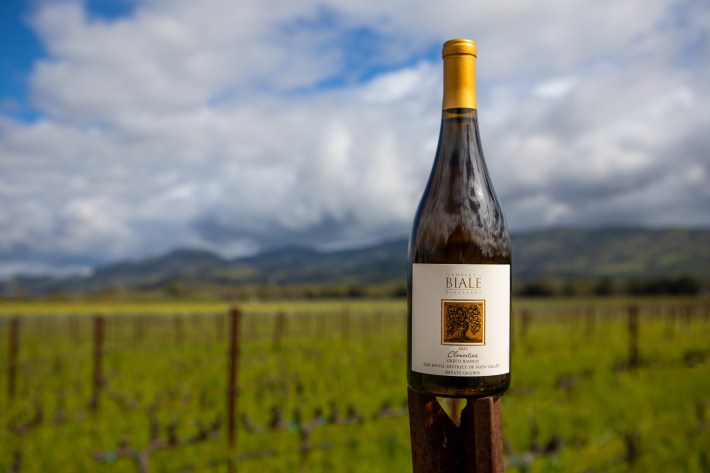
Robert says he was hoping to find a white wine varietal from the North of Italy to grow, preferably not Pinot Grigio—”I was rooting for Arneis, because my mother is from Piemonte,” he says—but “the hands-down favorite” was a Greco di Tufo, which is a southern Italian grape from Campania. Robert’s team researched the soil and determined that a Greco planting could work, and they sourced cuttings from famed farmer/winemaker Steve Matthiasson and planted an acre in Oak Knoll.
The crisp white Clementina Greco Bianco, named for his mother, is now a signature along with the Zins, Petite Sirah, and other Italian varietals.
It’s also a bright, shining example of how an Italian immigrant story continues to unfold in the picturesque vineyards north of San Francisco, over a century after it started.
Robert Biale Vineyards offers a variety of tasting experiences at the winery's Back Porch, pictured below. Details are available on their website.
